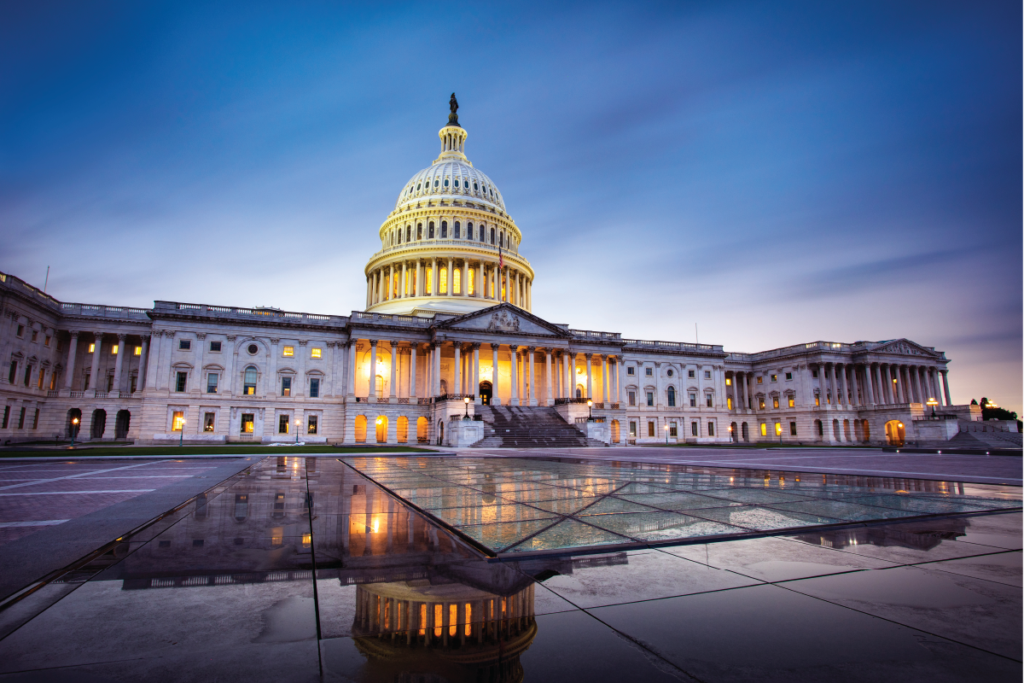On April 17, the Fish and Wildlife Service and National Marine Fisheries Service (the Services) proposed rescinding the definition of “harm” in the regulations implementing the Endangered Species Act (ESA). The Trump administration is seeking to align regulations with the underlying statutes and relevant Supreme Court decisions. At issue is whether the inclusion of habitat modification in the current definition of “harm” is contrary to the term “take” in the statute. The possibility for a “take” of a species is central to ESA permitting on projects, often delaying projects from breaking ground.
According to the proposed rule, the addition of habitat modification to the definition expands and broadens the reach of the ESA beyond the scope of “take” in the single, best meaning of the statute. Meaning that the addition of habitat modification has allowed the Services to consider impacts to habitat as “harm,” even if they are neither significant nor intentional.
The Services consider the current proposal to be deregulatory in nature. The public comment period is 30 days, ending May 19. (Update: AGC submitted a letter providing feedback.)
In the background for the proposal, the Services further imply that “harm” within the definition of “take” should be construed (along with the other nine verbs in the definition) as an “affirmative act[ ] . . . directed immediately and intentionally against a particular animal—not [an] act[ ] or omission[ ] that indirectly and accidentally cause[s] injury to a population of animals.” (Quoting the dissenting justices in Babbitt v. Sweet Home Chapter of Communities for a Great Oregon, 515 U.S. 687 (1995).)
In a related development, the Trump administration has once again decriminalized the incidental (or accidental) take of migratory birds. The Biden administration had reversed this policy initially advanced in the first Trump administration.
For more information, please contact Melinda Tomaino.


